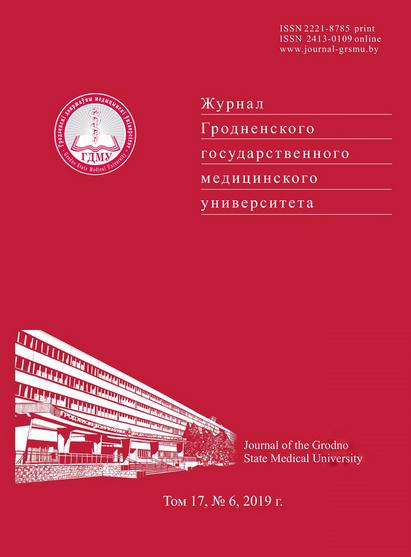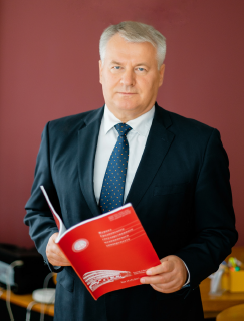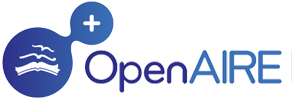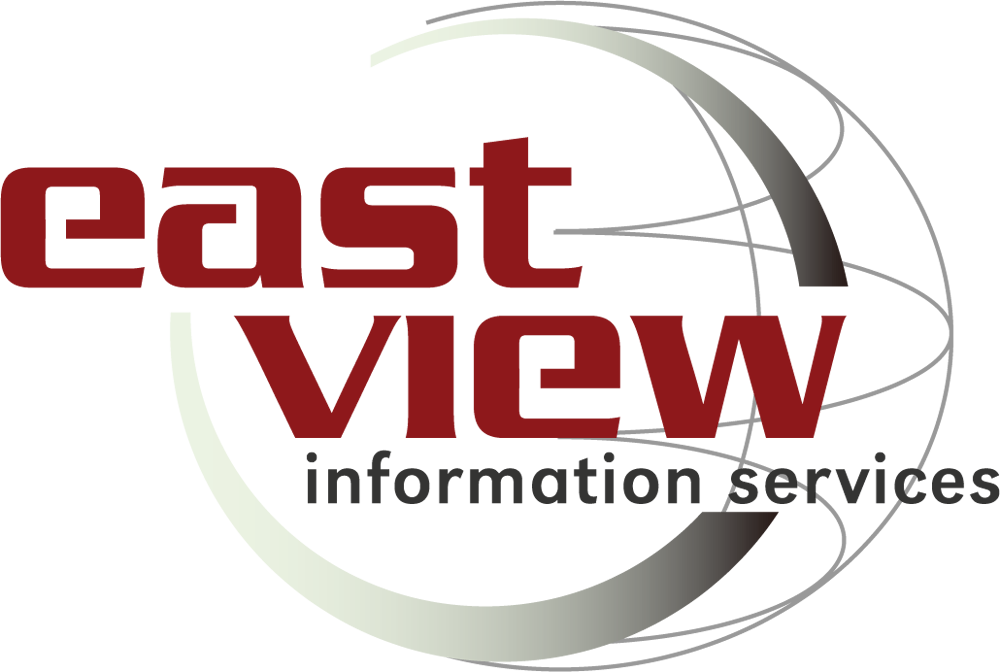СИМУЛЯЦИОННЫЕ ТЕХНОЛОГИИ В МЕДИЦИНСКОМ ОБРАЗОВАНИИ – ЗА И ПРОТИВ
Аннотация
Внедрение симуляционных технологий в медицинскую практику способствует формированию комплекса практических навыков, необходимых для работы специалистам медицинского профиля. В данном обзоре рассматриваются вопросы организации эффективной образовательной среды, целесообразности использования симуляционных технологий в медицине, особенности мировой практики моделирования.
Литература
Nestel D, Groom J, Eikeland-Husebø S, O'Donnell JM. Simulation for learning and teaching procedural skills: the state of the science. Simulation in Healthcare. 2011;6(7):S10-S13. https://doi.org/10.1097/SIH.0b013e318227ce96
Singh H, Kalani M, Acosta-Torres S, El Ahmadieh TY, Loya J, Ganju A. History of simulation in medicine: from Resusci Annie to the Ann Myers Medical Center. Neurosurgery. 2013;73(Suppl 1):S9-S14. https://doi.org/10.1227/NEU.0000000000000093
Moran J, Briscoe G, Peglow S. Current technology in advancing medical education: perspectives for learning and providing care. Ac. Psychiatry. 2018;42(6):796-799. https://doi.org/10.1007/s40596-018-0946-y
Kim SC, Fisher JG, Delman KA, Hinman JM, Srinivasan JK. Cadaver-Based Simulation Increases Resident Confidence, Initial Exposure to Fundamental Techniques, and May Augment Operative Autonomy. J. Surg. Educ. 2016;73(6):e33-e41. https://doi.org/10.1016/j.jsurg.2016.06.014
Ebrahimpour A, Rajabali F, Yazdanfar F, Azarbad R, Nodeh MR, Siamian H, Vahedi M. Social Network Sites as Educational Factors. Acta Inform Med. 2016;24(2):134-138. https://doi.org/10.5455/aim.2016.24.134-138
Takayesu JK, Farrell SE, Evans AJ, Sullivan JE, Pawlowski JB, Gordon JA. How do clinical clerkship students experience simulator-based teaching? A qualitative analysis. Simul. Healthc. 2006;1(4):215-219. https://doi.org/10.1097/01.SIH.0000245787.40980.89
Guze P. Using Technology to Meet the Challenges of Medical Education. Trans. Am. Clin. Climatol. Assoc. 2015;126:260-270.
James JT. A new, evidence-based estimate of patient harms associated with hospital care. J. Patient. Saf. 2013;9(3):122-128. https://doi.org/10.1097/PTS.0b013e3182948a69
Robb G, Loe E, Maharaj A, Hamblin R, Seddon ME. Medication-related patient harm in New Zealand hospitals. New Zealand Medical Journal. 2017;130(1460):21-32.
Ruesseler M, Weinlich M, Müller MP, Byhahn C, Marzi I, Walcher F. Simulation training improves ability to 2010;27(10):734-738. https://doi.org/10.1136/emj.2009.074518
Joseph N, Kumar G, Babu Y, Nelliyanil M, Bhaskaran U. Knowledge of first aid skills among students of a medical college in mangalore city of South India. Ann. Med. Health Sci. Res. 2014;4(2):162-166. https://doi.org/10.4103/2141-9248.129022
Okuda Y, Bryson EO, DeMaria S Jr, Jacobson L, Quinones J, Shen B, Levine AI. The utility of simulation in medical education: what is the evidence? Mt. Sinai J. Med. 2009;76(4):330-343. https://doi.org/10.1002/msj.20127
Shell L. The Resident-as-Teacher: It's More Than Just About Student Learning. J. Grad. Med. Educ. 2011;3(3):440-441. https://doi.org/10.4300/JGME-D-11-00148.1
Weller J, Robinson B, Larsen P, Caldwell C. Simulationbased training to improve acute care skills in medical undergraduates. New Zealand Medical Journal. 2004;117(1204):1-8.
Argalious M, Trombetta C, Makarova N, Saasouh W, Rajan S. Simulation Versus Problem Based Learning for Cerebrospinal Drainage Catheter Insertion and Management: A Randomized Trial in a Large Academic Anesthesiology Residency Program. J. Cardiothorac. Vasc. Anesth. 2019;33(4):993-1000. https://doi.org/10.1053/j.jvca.2018.07.033
Esteghamati A, Baradaran H, Monajemi A, Khankeh HR, Geranmayeh M. Core components of clinical education: a qualitative study with attending physicians and their residents. J. Adv. Med. Educ. Prof. 2016;4(2):64-71.
Chang CH. Medical simulation is needed in anesthesia training to achieve patient's safety. Korean J. Anesthesiol. 2013;64(3):204-211. https://doi.org/10.4097/kjae.2013.64.3.204
Zick A, Granieri M, Macoul G. First-year medical students'assessment of their own communication skills: a video-based, open-ended approach. Patient Educ Couns. 2007;68(2):161-166. https://doi.org/10.1016/j.pec.2007.05.018
Lee SJ, Reeves TC. Significant Contributor to the Field of Educational Technology. Educational Technology. 2009;49(3):43-45.
Dale E. Audio-Visual Methods in Teaching. 3nd ed. New York; 1969. p. 108. https://doi.org/10.1080/09523986908547873
Teherani A, Hauer KE, O'Sullivan P. Can simulations measure empathy? Considerations on how to assess behavioral empathy via simulation. Patient Educ Couns. 2008;71(2):148-152. https://doi.org/10.1016/j.pec.2008.01.003
Cutler JL, Harding KJ, Mozian SA, Wright LL, Pica AG, Masters SR, Graham MJ. Discrediting the notion "working with 'crazies' will make you 'crazy": addressing stigma and enhancing empathy in medical student education. Adv.Health Sci. Educ. Theory Pract. 2009;14(4):487-502. https://doi.org/10.1007/s10459-008-9132-4
Richardson C, Percy M, Hughes J. Nursing therapeutics: Teaching student nurses care, compassion and empathy. BMC Med. Educ. 2015;35 (5):1-5. https://doi.org/10.1016/j.nedt.2015.01.016
Rasasingam D, Kerry G, Gokani S, Zargaran A, Ash J, Mittal A. Being a patient: a medical student's perspective. Adv. Med. Educ. Pract. 2013;15(8):163-165. https://doi.org/10.2147/AMEP.S121654
Ziółkowska-Rudowicz E, Kładna A. Empathy-building of physicians. Part IV-development of skills enhancing capacity for empathy. Pol. Merkur. Lekarski. 2010;29(174):400-404.
Lim BT, Moriarty H, Huthwaite M. "Being-in-role": A teaching innovation to enhance empathic communication skills in medical students. Med. Teach. 2011;33(12):663-669. https://doi.org/10.3109/0142159X.2011.611193
Knobel A, Overheu D, Gruessing M, Juergensen I, Struewer J. Regular, in-situ, team-based training in trauma resuscitation with video debriefing enhances confidence and clinical efficiency. BMC Med. Educ. 2018;18(1):127. https://doi.org/10.1186/s12909-018-1243-x
Dong C, Goh PS. Twelve tips for the effective use of videos in medical education. Med. Teach. 2015;37(2):140-145. https://doi.org/10.3109/0142159X.2014.943709
Deladisma AM, Cohen M, Stevens A, Wagner P, Lok B, Bernard T, Oxendine C, Schumacher L, Johnsen K, Dickerson R, Raij A, Wells R, Duerson M, Harper JG, Lind DS. Do medical students respond empathetically to a virtual patient? Am. J. Surg. 2007;193(6):756-760. https://doi.org/10.1016/j.amjsurg.2007.01.021
Carter MB, Wesley G, Larson GM. Lecture versus standardized patient interaction in the surgical clerkship: a randomized prospective cross-over study. Am. J. Surg. 2006;191(2):262-267. https://doi.org/10.1016/j.amjsurg.2005.06.045
Peyman H, Sadeghifar J, Khajavikhan J, Yasemi M, Rasool M, Yaghoubi Y, Nahal M, Karim H. Using VARK Approach for Assessing Preferred Learning Styles of First Year Medical Sciences Students: A Survey from Iran. J. Clin. Diagn. Res. 2014;8(8):GC01-GC04. https://doi.org/10.7860/JCDR/2014/8089.4667
Breckler J, Joun D, Ndo H. Learning styles of physiology students interested in the health professions. Adv. Physiol. Educ. 2009;33(1):30-36. https://doi.org/10.1152/advan.90118.2008
Sapa AV. Pokolenie Z - pokolenie jepohi FGOS. Innovacionnye proekty i programmy v obrazovanii. 2014;2:24-30. (Russian).
Prensky M. Digital Natives, Digital Immigrants. Part 1. On the Horizon. 2001;9(5):1-6. https://doi.org/10.1108/10748120110424816
Mehdipour Y. Medical students' life and virtual social networks a guide for educational managers and parents. J. Family Med. Prim. Care. 2019;8(8):2573-2576. https://doi.org/10.4103/jfmpc.jfmpc_336_19.
Azizi SM, Soroush A, Khatony A. The relationship between social networking addiction and academic performance in Iranian students of medical sciences: a cross-sectional study. BMC Psychol. 2019;7(1):28. https://doi.org/10.1186/s40359-019-0305-0
Stiegler MR, Ruskin KJ. Decision-making and safety in anesthesiology. Curr. Opin. Anaesthesiol. 2012;25(6):724-729. https://doi.org/10.1097/ACO.0b013e328359307a
Use of Social Networks for Learning Purposes Among Medical and Paramedical Sciences Students, Mashhad, Iran. Stud Health Techno. Inform. 2019;258:105-109.
Endacott R, Bogossian FE, Cooper SJ, Forbes H, Kain VJ, Young SC, Porter JE. Leadership and teamwork in medical emergencies: performance of nursing students and registered nurses in simulated patient scenarios. J. Clin. Nurs. 2015;24(1-2):90-100. https://doi.org/10.1111/jocn.12611































